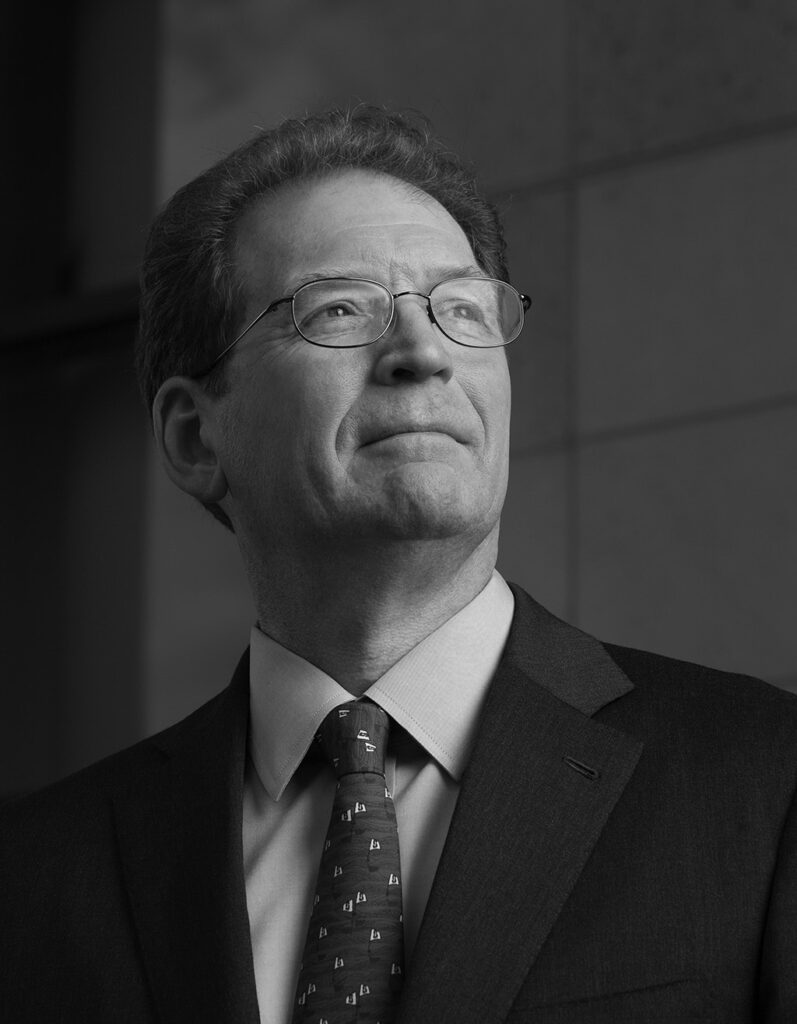The diagnostic revolution
How new tools will enable us to predict and prevent disease
Letter from the dean
Diagnostics transformed the practice of medicine in the 20th century as blood tests, imaging, endoscopy and biopsies offered physicians an insider’s view of a patient’s signs and symptoms.

Now diagnostics are poised to help lead another revolution in medical care toward the more predictive and preventive care of precision health.
Already diagnostics are being used to predict disease. Through genetic testing, individuals can learn of their risk for certain genetically linked conditions while they are still asymptomatic. With a diagnostic blood test, a woman can learn whether she has the BRCA gene mutation, for example, thus helping to predict her risk of developing breast cancer and allowing her to make an informed choice about whether to take prophylactic measures to reduce that risk.
But most disease is not the result of faulty genes. It is determined by social and environmental factors as well as the health choices that we make on a daily basis — whether to exercise, smoke or eat vegetables. The future of diagnostics is to help us better understand what makes us healthy as well as unhealthy, and to empower us with knowledge about how our behaviors can mean the difference between wellness and disease.
Encouraging health-promoting choices is not an easy task — I once heard a Silicon Valley investor say he would never invest in a company that was trying to change human behavior, no matter how promising — but I believe it can be done.
Stanford Medicine research has already demonstrated how. Abby King has spent her career studying how to encourage health-related behavior change, particularly among older adults and those living in disadvantaged communities. Again and again, she has found that motivationally targeted mobile apps significantly increase physical activity. Analytical approaches, which include personalized goal setting and self-monitoring, are effective, and so are social approaches, which include social comparisons, norms and support.
The demand for these kinds of diagnostic and motivational tools is growing. More than 50,000 people so far have signed up to use MyHeart Counts, a mobile health app developed by Stanford Medicine faculty that runs on Apple’s ResearchKit platform. Through MyHeart Counts, participants can monitor their daily activities and risk factors for cardiovascular disease and then share this data with researchers. Though most people visit their doctor only a few times a year, their phone is almost always at hand. With MyHeart Counts, they can get continual feedback about their behaviors and how to improve those behaviors in a way that promotes heart health.
I believe this is the future of health care. In its various forms, digital technology has fundamentally and irreversibly changed the way we think and act. Now it’s time we harness technology to impact behavior in a health context. The diagnostics of the 21st century are helping people become partners in managing their own health as well as consumers who are as focused on improving their well being as they are on defeating disease. In sum, that’s the precision health revolution.
Sincerely,
Lloyd Minor, MD
Carl and Elizabeth Naumann Dean of the School of Medicine
